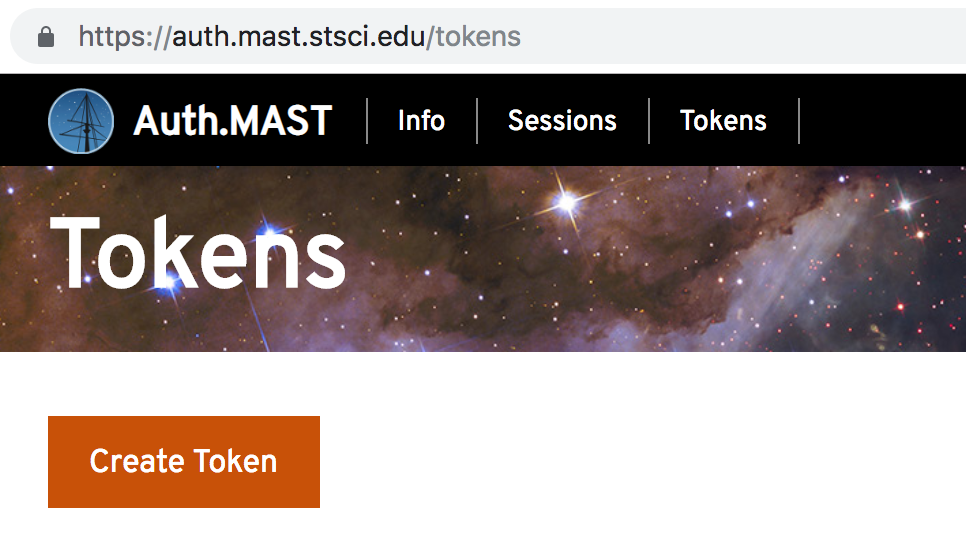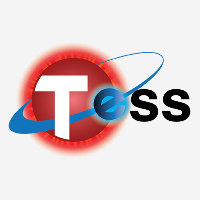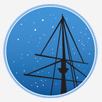TESS Mission Data Release in Early December
Full TESS mission data set from Observation Sectors 1 and 2 will be publicly-available for download in early December.
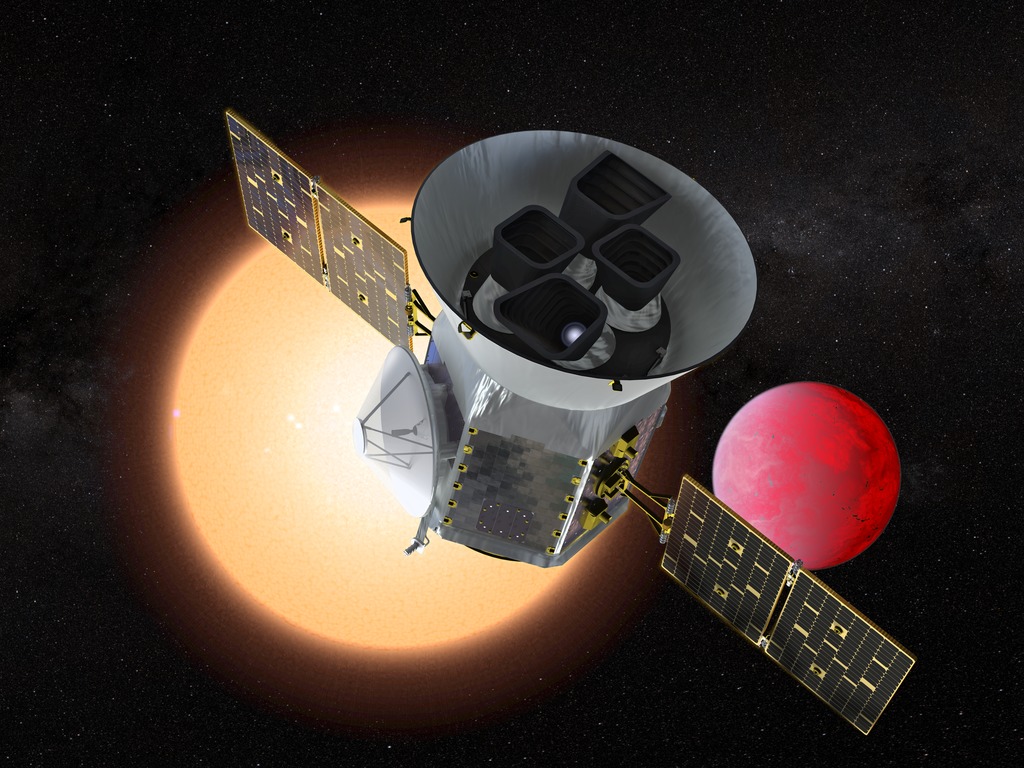
After a successful launch and several months of commissioning, the Transiting Exoplanet Survey Satellite (TESS) commenced science operations on July 25, 2018. TESS is currently collecting 2-minute cadence and 30-minute cadence full frame image science data from Observation Sector 5 in the Southern ecliptic hemisphere. Data from the first four Observation Sectors have been received on the ground and have been or are being processed through the pipeline. The TESS Science Office has been vetting planet candidates, and has begun issuing public alerts on a select set of especially promising TESS candidates, that are also being followed up with ground-based telescopes to confirm.
It is anticipated that the full data set from Observation Sectors 1 and 2 will be released publicly via the Mikulski Archive for Space Telescopes (MAST) in early December 2018. This release will be accompanied by a draft version of the instrument handbook and release notes for each sector. The TESS Data Release Notes will include data quality diagnostics and information about data and instrument characteristics. The full data set from Sectors 3 and 4 will be released no later than January 25, 2019.
Several services will be available to support the community with this early release of data. A summary of those services that will be available at the MAST for TESS data download of the first two TESS Sectors can be found at http://archive.stsci.edu/tess/summary.html. Additionally, the MAST will provide an archive manual that will describe an overview of the TESS data products as well as instructions on how to download them. The manual contains tutorials and python notebooks that walk through how to use the MAST Portal, exo.MAST and Astroquery to retrieve data for scientifically interesting use cases.
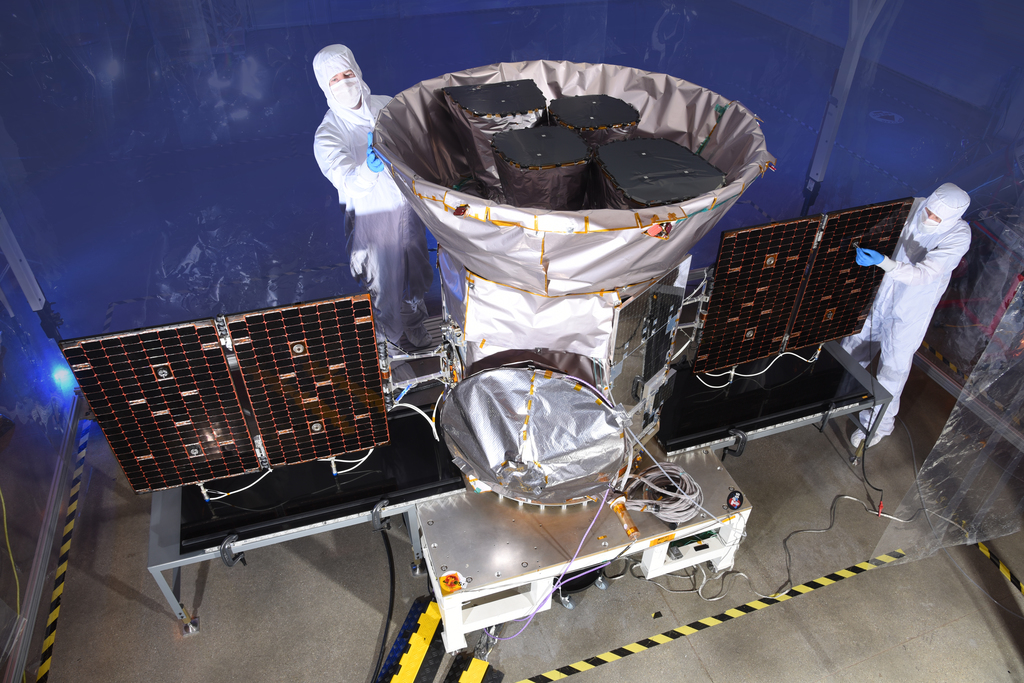
The TESS Science Support Center maintains a list of approved Guest Investigator (GI) programs and their associated targets that are or will be observed at 2-minute cadence in Cycle 1. The observed GI targets lists are also available for individual sectors. The TESS Science Support Center will provide links to additional tools and tutorials that can be used for analysis of TESS 2-minute cadence Target Pixel Files and 30-minute cadence Full Frame Images and also maintains an FAQ page.
The deadline to submit proposals for TESS GI Cycle 2 is February 28, 2019. Cycle 2 covers targets in the Northern ecliptic hemisphere. Further information about the proposal process, proposal tools, and permitted science areas can be found on the TESS Science Support Center website.
MIT TESS pages provide information regarding the current schedule of observations. Information on how to submit proposals for Director’s Discretionary Targets to be observed at 2-minute cadence in future sectors can also be found at the MIT site at https://tess.mit.edu/science/ddt/.
Questions about the GI program or using TESS data should be sent to tesshelp@bigbang.gsfc.nasa.gov. On February 11-14, STScI will also host a TESS Data Workshop to kickstart community analysis following the public release of the first four sectors. See the Data Workshop page for details and registration information, and contact the Archive Helpdesk for any other questions on this event.

Funding for the TESS mission is provided by NASA’s Science Mission directorate. TESS team partners include the Massachusetts Institute of Technology, the Kavli Institute for Astrophysics and Space Research, NASA’s Goddard Space Flight Center, MIT’s Lincoln Laboratory, Orbital ATK, NASA’s Ames Research Center, the Harvard-Smithsonian Center for Astrophysics, and the Space Telescope Science Institute.
